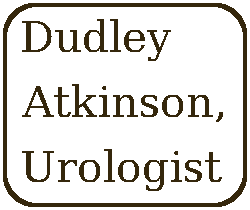All medical papers have similar formats and within a specific journal will tend to have a specific style, so few clues to the worth of the paper are had there. So we have to ask ourselves some basic questions at the start. Some good in-depth information on this is located in the book “How To Read A Paper” by Trisha Greenhalgh. She reminds us to look at the work of Sackett’s “Users guides to the medical literature” published in the Journal of the American Medical Association which were written in about 25 parts from 1993 to 2000. I’m leaning on Greenhalgh’s work here….
1. Why was the study done and what hypothesis were the authors testing? This is usually stated in the first paragraph or the abstract of the paper.
2. What type of study was done? It is good to know if this paper was the research of the author, a review of other literature, a clinical trial with controls, etc.
3. Was a large enough group of people involved? A paper saying a medicine works but only trialed on 20 people might be suspect.
4. Was the study design appropriate to answer the question? A review cannot answer if a particular medicine works for a disease. A clinical trial cannot answer what all the treatment choices might be, etc.
5. Was there unreasonable bias in the paper? If the author owns the company of the device in the trial, you can wonder about the independence of the work. There are many other forms of bias.
A useful paper will have answers to these questions that all fit well.
